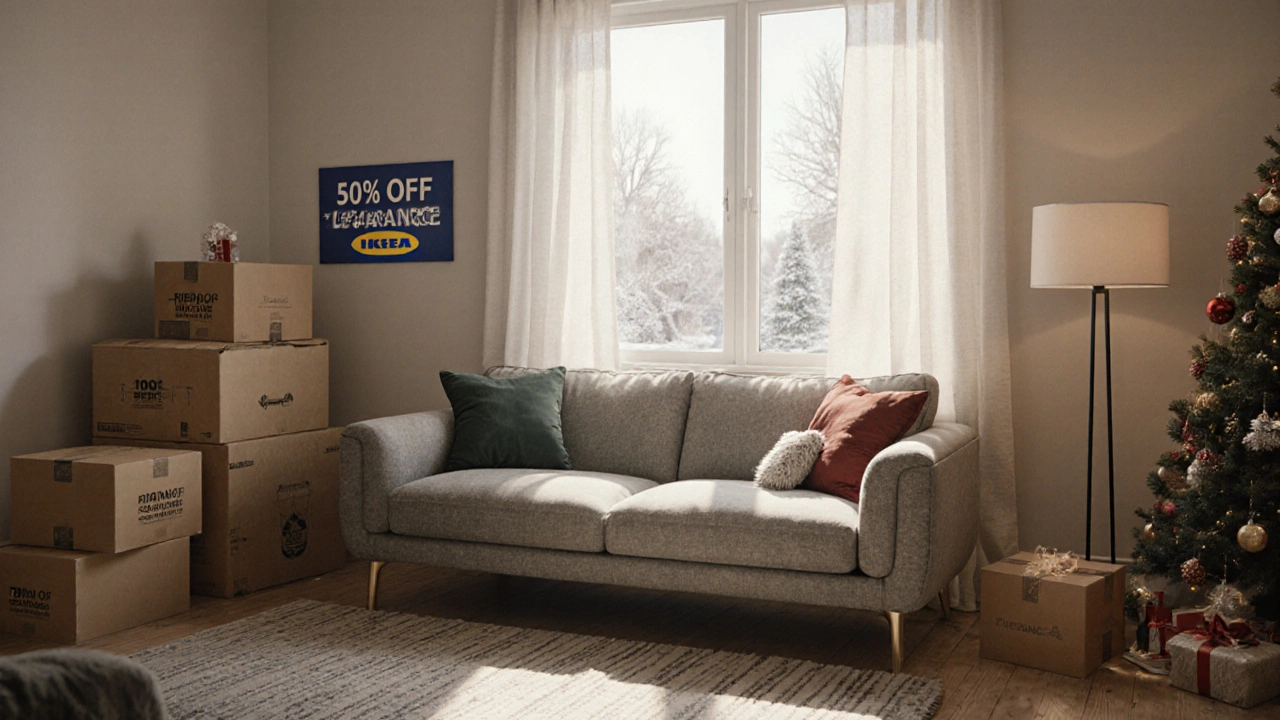When to Buy a Sofa: Best Time, Signs, and Smart Tips
When you’re ready to replace your sofa, timing matters just as much as style. A sofa, a primary seating piece in most homes, often used for daily relaxation and entertaining. Also known as a couch, it’s one of the biggest furniture investments you’ll make—and buying at the wrong time can cost you hundreds. Most people wait until their sofa is falling apart, but the smartest buyers plan ahead. The best deals don’t come from panic—they come from knowing when to act.
There are clear seasons for sofa shopping. Late winter and early spring (February to April) are prime because retailers clear out old inventory before new models arrive. Major holidays like Memorial Day, Fourth of July, and Labor Day also bring deep discounts as stores push seasonal sales. Black Friday and Cyber Monday? They’re good, but not always the best. Some brands hold back their biggest markdowns for January, when people are cutting back after the holidays and stores need to move stock. If you’re not in a rush, waiting until January can save you 30% or more.
But timing isn’t everything. Your sofa might be telling you it’s time to go. If the frame creaks when you sit down, the cushions stay sunken after you get up, or the fabric is fraying at the seams, you’re not just uncomfortable—you’re paying for poor quality. Look at the frame: solid wood or kiln-dried hardwood lasts decades. Particleboard or plastic frames? They crack under pressure. Check the springs—eight-way hand-tied springs are the gold standard. If your sofa has coil springs that sag or feel uneven, it’s not worth repairing. And don’t ignore the fabric. Velvet and linen look great but trap dirt and stains. Leather is easier to clean but needs regular conditioning. If you’ve got kids, pets, or messy guests, go for performance fabrics like Crypton or Sunbrella—they’re built to handle life.
Also, think about your space. A sofa that looks perfect in a showroom might overwhelm your living room. Measure your doorways, hallways, and stairs before you buy. Many people end up with a sofa they can’t even get into the house. And remember: delivery isn’t free. Some stores charge $100+ to bring it in and set it up. Factor that in. The cheapest sofa isn’t the one with the lowest price tag—it’s the one that fits, lasts, and doesn’t cost you extra to install.
You don’t need to buy a new sofa every five years. With the right pick, you can make it last a decade or more. That’s why knowing the signs of wear, understanding fabric durability, and choosing the right season to buy makes all the difference. The posts below cover what materials trap stains, which fabrics hold up best over time, and how to spot a sofa that’s built to last—no fluff, no hype, just real talk from people who’ve been there.
The best months to buy a new couch in New Zealand are January and July-August, when stores clear out old stock for big discounts. Avoid December and March. Look for hardwood frames, quality springs, and long warranties to get lasting value.
Nov, 16 2025
